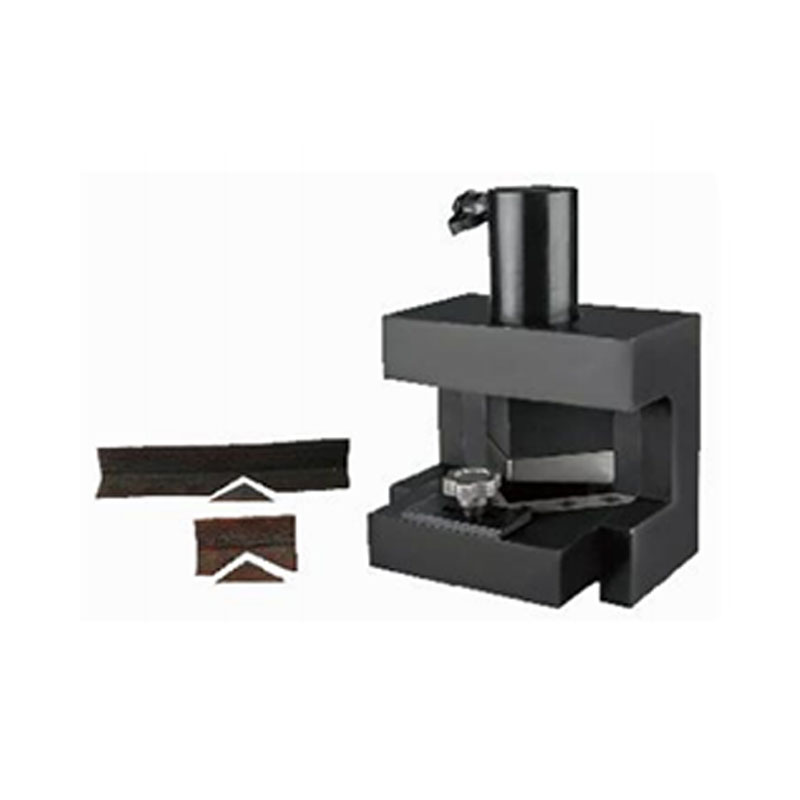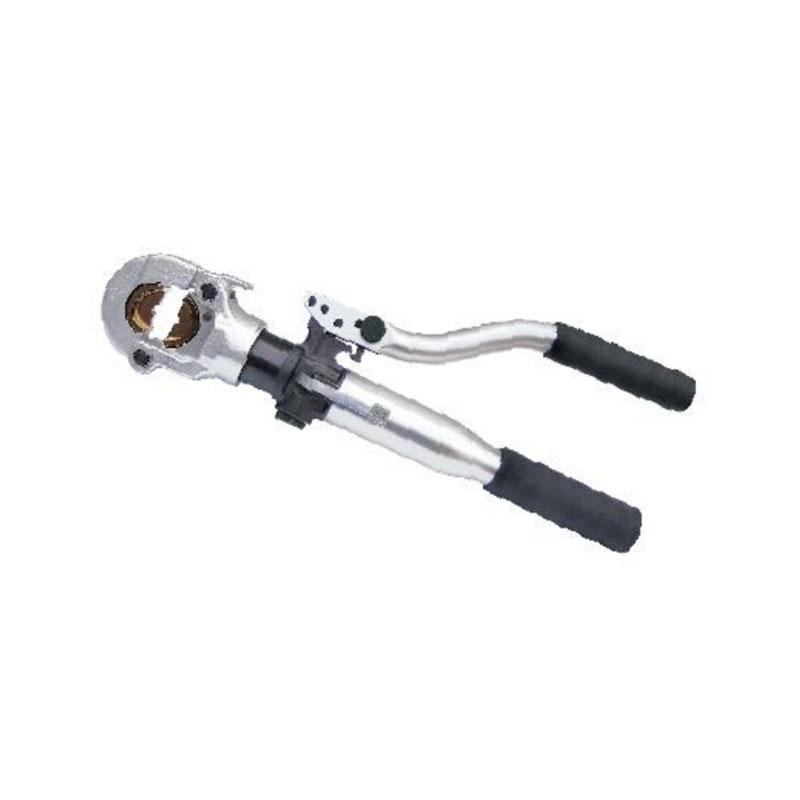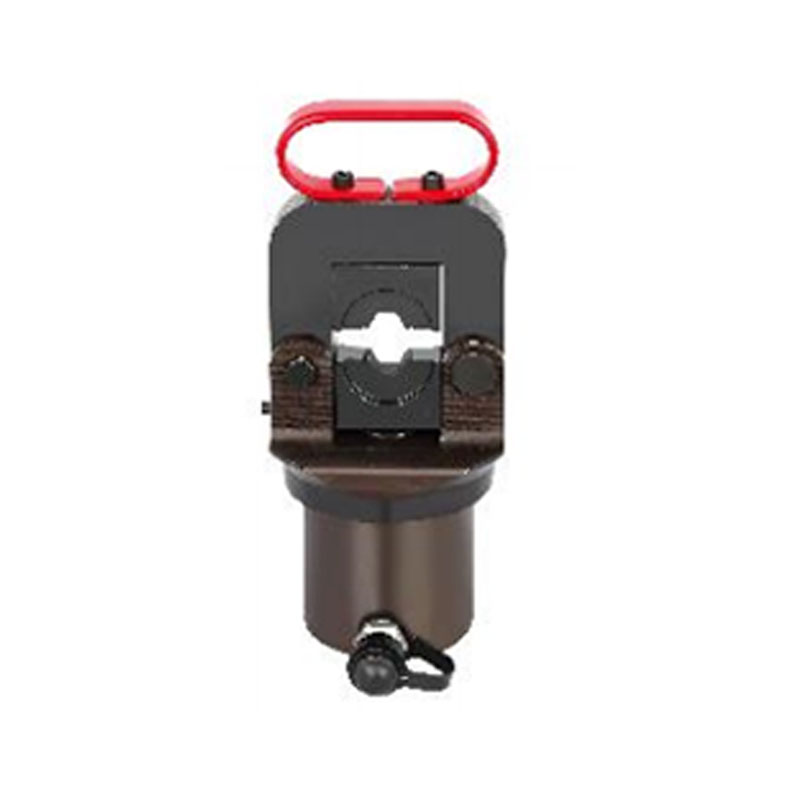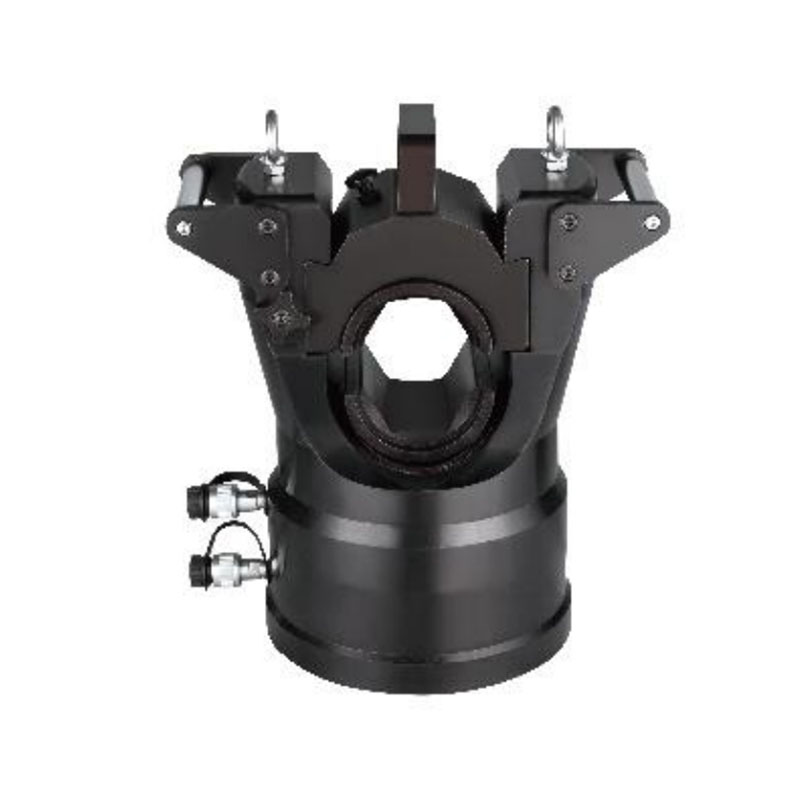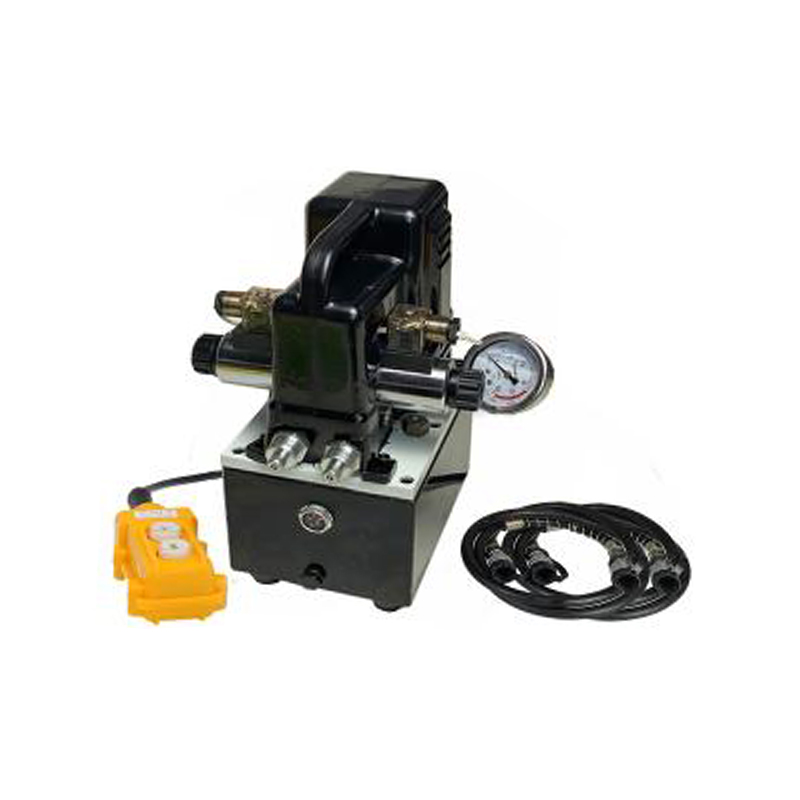CAC-60 split hydraulic angle steel cutting machine, angle iron cutting machine, can cut 60 * 60mm angle iron
 2025.05.16
2025.05.16
 Industry News
Industry News
Achieving precise cuts is essential in metal fabrication, particularly when using a Hydraulic Angle Steel Cutter to process angle steel for construction, machinery, or manufacturing. While this machine is known for its power and efficiency, maintaining consistent cutting accuracy requires attention to several technical and operational factors. In this article, we explore how cutting precision can be ensured when operating a Hydraulic Angle Steel Cutter.
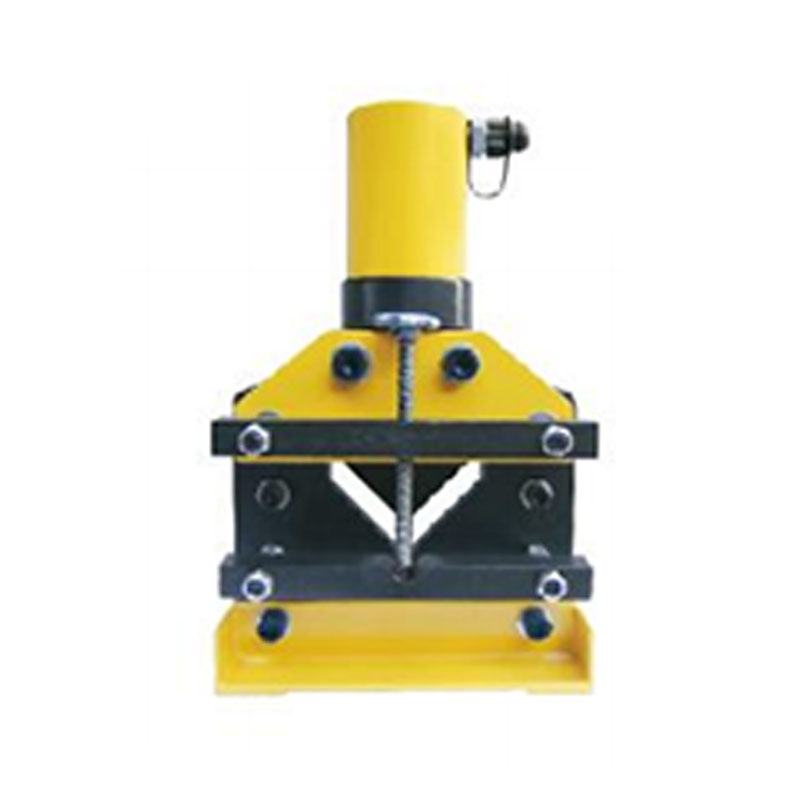
Machine Calibration and Alignment
One of the fundamental ways to guarantee precision is through proper calibration and alignment of the Hydraulic Angle Steel Cutter. Before each use, the operator should verify that the cutting blade is correctly positioned and aligned with the marked angle or measurement on the material. Misalignment can cause inaccurate cuts, increased material waste, and problems during later stages of assembly. Many modern cutters come with built-in guides or laser indicators, which help align the blade with the cutting path and reduce human error.
Blade Sharpness and Quality
The condition of the cutting blade is another major factor in achieving high precision. A dull or damaged blade will not only reduce efficiency but also create rough or uneven cuts. Regular blade inspection is essential. Depending on usage frequency, blades should be sharpened or replaced periodically. Using high-quality blades made of hardened steel or coated with wear-resistant materials also improves cutting accuracy over time and ensures a clean finish on each piece of angle steel.
Stable Clamping Mechanism
Precision cutting depends heavily on the stability of the workpiece during operation. The Hydraulic Angle Steel Cutter must have a reliable and adjustable clamping system that holds the steel securely in place. Any movement during cutting can distort the result. High-end models often include hydraulic or mechanical clamps that adapt to different material sizes and shapes, ensuring uniform pressure and reducing vibration. Operators should always double-check that the clamping system is tight before initiating the cut.
Consistent Hydraulic Pressure
The hydraulic system's consistency directly influences the machine's control and cutting motion. Fluctuating pressure levels can cause uneven blade movement, resulting in imprecise cuts or material deformation. To maintain cutting precision, it is crucial to monitor and regulate the hydraulic pressure according to the manufacturer's specifications. Regular checks of the hydraulic oil, seals, and valves also help ensure stable performance.
Operator Skill and Training
Even the advanced Hydraulic Angle Steel Cutter relies on skilled operation. Precision cutting demands that the operator understands how to read blueprints, interpret cut specifications, and use the machine settings accurately. Training should include instruction on material handling, machine calibration, safety procedures, and recognizing potential errors. Experience enables operators to make quick adjustments and ensure that each cut matches the desired dimensions.
Environmental and Surface Conditions
External factors, such as the working environment, can also affect cutting precision. Dust, debris, or oil on the material surface can interfere with blade motion or affect the grip of the clamping system. It's advisable to keep both the machine and the work area clean. Additionally, ensuring a level working surface for the machine contributes to consistent and precise cutting results, especially when processing longer or heavier angle steel sections.
Conclusion
Precision is a key performance metric for any cutting equipment, and the Hydraulic Angle Steel Cutter is no exception. By maintaining proper machine calibration, using sharp and durable blades, ensuring firm material clamping, and regulating hydraulic pressure, operators can significantly improve the accuracy of each cut. Coupled with training and attention to environmental factors, these practices ensure that the Hydraulic Angle Steel Cutter delivers high-precision results consistently in demanding industrial environments.



 Español
Español русский
русский
